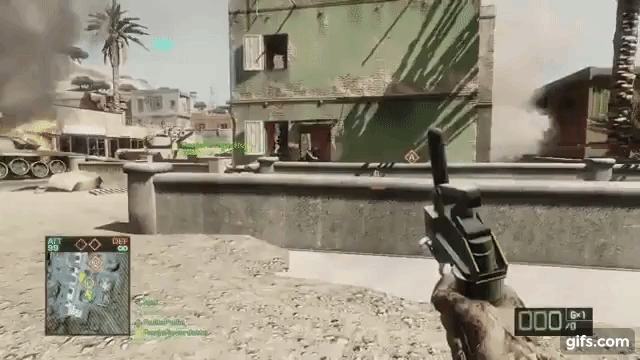LordOfChaos
Member

Nvidia CEO: "We can't do computer graphics anymore without artificial intelligence"
AI, in its current primitive form, is already benefiting a wide array of industries, from healthcare to energy to climate prediction, to name just a few. But...
 www.techspot.com
www.techspot.com
Upscaling tech like Nvidia's DLSS can enhance lower-resolution images and improve image quality while achieving higher frame rates. However, some gamers are concerned that this technology might become a requirement for good performance – a valid fear, even though only a few games currently list system requirements that include upscaling. As the industry continues to evolve, how developers address these concerns remains to be seen.
AI, in its current primitive form, is already benefiting a wide array of industries, from healthcare to energy to climate prediction, to name just a few. But when asked at the Goldman Sachs Communacopia + Technology Conference in San Francisco last week which AI use case excited him the most, Nvidia CEO Jensen Huang responded that it was computer graphics.
"We can't do computer graphics anymore without artificial intelligence," he said. "We compute one pixel, we infer the other 32. I mean, it's incredible... And so we hallucinate, if you will, the other 32, and it looks temporally stable, it looks photorealistic, and the image quality is incredible, the performance is incredible."
Jensen is doubling down on observations that Nvidia and other tech executives have made about AI-based upscaling in PC gaming, arguing that it is a natural evolution in graphics technology, similar to past innovations like anti-aliasing or tessellation.
Lots of focus on upscaling in the article but what's being ignored is the general topic of "neural rendering".
Increasingly ML models will be involved in the rendering process itself. Not just upscaling the picture the raster hardware has computed the traditional way.
Intel:
https://www.intel.com/content/www/u...eural-prefiltering-for-correlation-aware.html
AMD:
https://gpuopen.com/download/publications/2024_NeuralTextureBCCompression.pdf
https://gpuopen.com/download/publications/HPG2023_NeuralIntersectionFunction.pdf
Nvidia:
https://research.nvidia.com/labs/rtr/neural_appearance_models/
https://research.nvidia.com/labs/rtr/publication/diolatzis2023mesogan/
https://research.nvidia.com/labs/rtr/publication/xu2022lightweight/
https://research.nvidia.com/labs/rtr/publication/muller2021nrc/
With AMD unifying RDNA and CDNA into UDNA and a commitment to AI upscaling for FSR4, I think the path is clear for a situation where all GPU vendors and all consoles, have some form of matrix acceleration hardware built in. At that point the door will be wide open for techniques like these to be leveraged.




